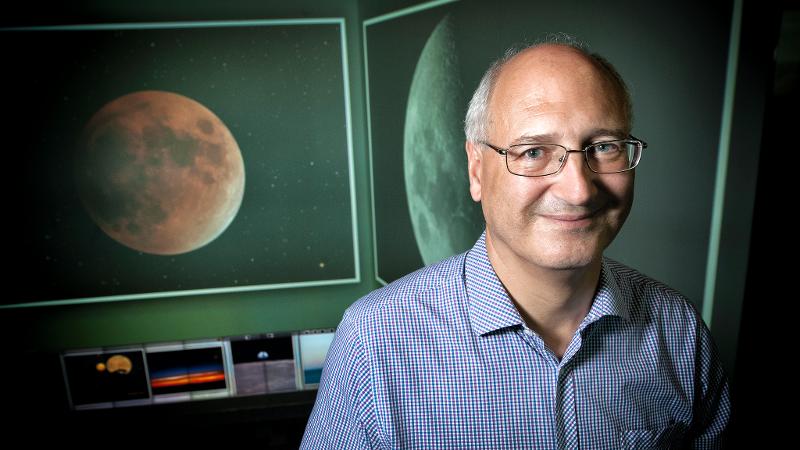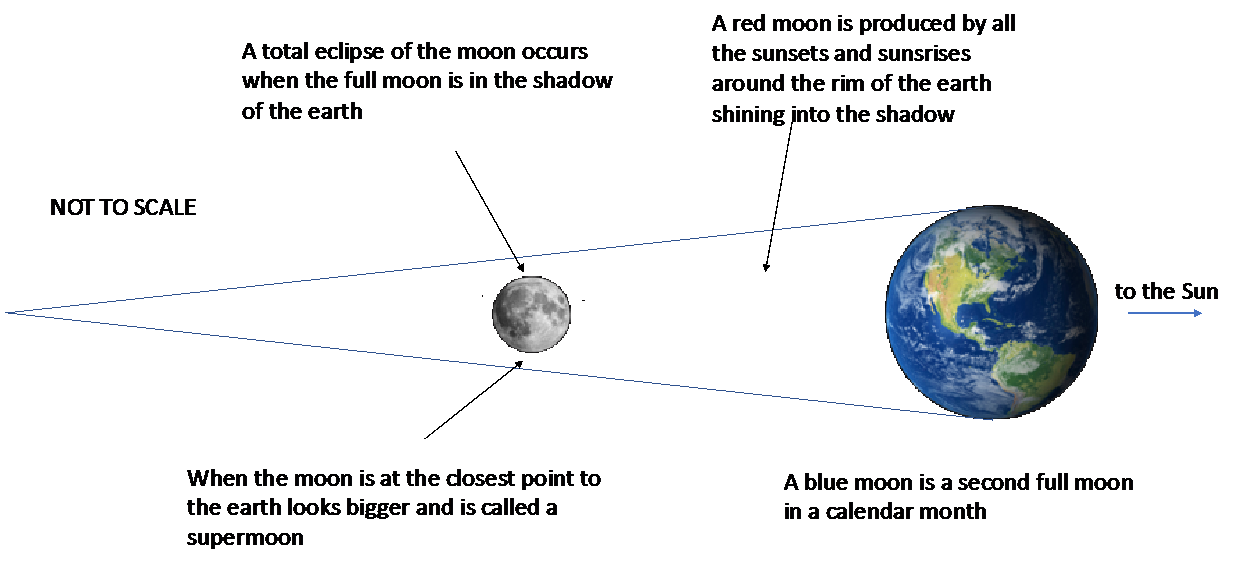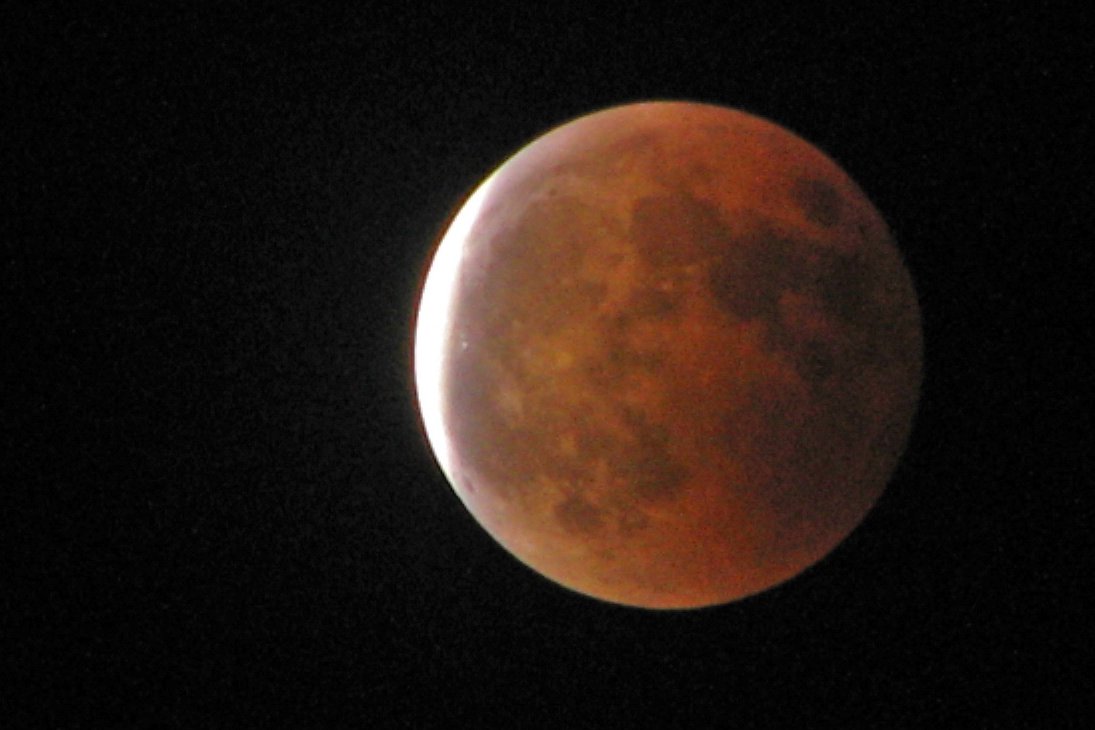
Brisbane lunar gazers might want to pull out all the stops to view tonight's (January 31) ‘super blue blood moon’ because the next one won’t be visible above the Queensland capital for more than 400 years.
QUT Visiting Fellow and astrophysicist Dr Stephen Hughes investigated the frequency of this cosmic event of three relatively rare phenomena coming together – a supermoon, blue moon, and blood moon (total lunar eclipse) – through a planetarium program, NASA lunar eclipse database, and an Earth-Moon distance calculator. He discovered:
- In the past 4000 years, only nine super blue blood moons have been potentially visible from Brisbane throughout the total lunar eclipse
- After tonight, the next such cosmic spectacular won’t be seen in the skies above the city for 423 years
- The last super blue blood moon visible from Brisbane was in December 1982
“I had read on various websites that the last super blue blood moon occurred 152 years ago, in 1866,” Dr Hughes said.
“But I discovered when I tried to simulate the eclipse on the planetarium program and looked at the other data that it couldn’t have been seen from Brisbane. Also, that total lunar eclipse occurred when the Moon was 397,739km from the Earth, so not at its closest point to Earth. So technically, that event was really a blue blood moon, not a super one.
“The supermoon phenomena is a full moon when the Moon, on its oval-shaped orbit, is at its closest to Earth, known as perigee or around 356,000km as measured from the centre of the Earth to the centre of the Moon.
“The last super blue blood moon visible from Brisbane occurred on 30 December 1982.”
Dr Hughes said tonight's super blue blood moon will be extra special because the Moon will pass through perigee at the same time as the eclipse totality, which is when the Moon is in the deepest shadow.
“Maybe we should call this a super true blue blood moon,” he said. “In the December 1982 event, the Moon passed through perigee after totality of the eclipse.
“From my research, the last of these super true blue blood moons visible in the skies above Brisbane would have been back in 1592 BC.
“So if we are fortunate to see the super blue blood moon tonight, we will be seeing a genuinely rare cosmic event.”
Dr Hughes said weather permitting, in Brisbane the lunar eclipse will be seen looking towards north-east in the sky, and start at around 10pm. The Moon will be about one-third of the way up from the horizon. Totality, when the Moon is in the deepest shadow, will be from 11pm to midnight, with the Moon out of the Earth’s shadow by 1am.

What makes up a super blue blood moon? Dr Hughes explains:
Supermoon – a full moon when the Moon looks super-sized and is at the closest point to the Earth (perigee, or about 356,000km measured from the centre of the Earth to the centre of the Moon). If a full moon occurs when the Moon is further away (apogee) this is referred to as a micro moon. A supermoon is 14% larger and 30% brighter than a micro moon.
Blood moon – another name for a total lunar eclipse when the full moon passes through the shadow behind the Earth. Normally the full moon passes above or below the shadow, and sometimes it clips the edge of the shadow – a partial lunar eclipse. The red colour of the Moon during a total eclipse is produced by all the sunsets and sunrises around the edge of the Earth shining into the shadow.
Blue moon – the name given to the second full moon in a calendar month. The period of time between full moons, known as a lunation, is 29.53 days, so two full moons can sometimes squeeze into a month.

Super blue blood moons visible above Brisbane in the past 4000 years*
*Includes total lunar eclipse visible in sky from beginning to end, so eclipse not underway at moonrise or when the moon is setting. List compiled using data from NASA, Stellarium, Lunar Perigee and Apogee Calculator
30 January 1592 BC
30 January 1573 BC
30 October 974 BC
30 July 792 BC
31 January AD 36
31 October 654
30 December 1088
30 December 1963
30 December 1982
31 January 2018
Future super blue blood moons visible from Brisbane in next 1000 years*
30 October 2441
30 November 2821
30 May 2933
QUT Media contacts: Karen Milliner, 07 3138 1841 or k.milliner@qut.edu.au
After hours: Rose Trapnell, 0407 585 901 or media@qut.edu.au


